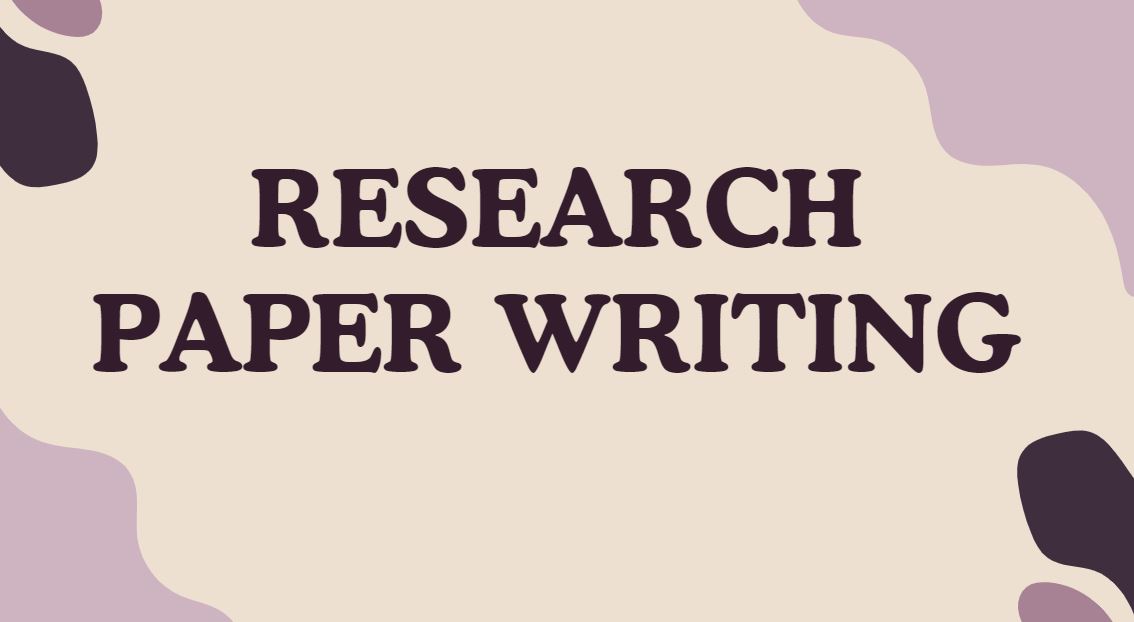Writing is a multifaceted skill that serves various purposes, ranging from artistic expression to the clear conveyance of factual information. Among the many forms of writing, two stand out for their distinct objectives and techniques: creative writing and technical writing. While both forms involve the act of writing, they differ significantly in their goals, audience, style, structure, and content. Understanding the difference between creative writing and technical writing is crucial for anyone looking to excel in either or both fields.
Definition and Purpose
Creative Writing
Creative writing is a form of writing that emphasizes artistic expression and storytelling. Its primary purpose is to entertain, provoke thought, or evoke emotions in the reader. Creative writing often involves imaginative scenarios, characters, and plots, with a focus on originality and creativity. It includes genres such as fiction, poetry, drama, and creative non-fiction.
- Fiction: This includes novels, short stories, and novellas, where the writer creates an entirely new world with characters, plots, and settings.
- Poetry: A highly expressive form of writing that uses rhythm, meter, and word choice to evoke feelings and ideas.
- Drama: Scripts written for plays, movies, or television that require dialogue and action to tell a story.
- Creative Non-fiction: Real events and stories told in a creative way, often with a personal or subjective viewpoint.
Technical Writing
Technical writing, on the other hand, is centered around the communication of factual information in a clear, concise, and objective manner. The main goal is to inform, instruct, or guide the reader through a process or to provide explanations about technical concepts. This form of writing is commonly used in fields such as engineering, computer science, medicine, and law.
- Instruction Manuals: Documents that guide users on how to use products or software.
- Technical Reports: Detailed documents that provide analysis, findings, and recommendations on technical subjects.
- Standard Operating Procedures (SOPs): Documents that outline the steps to perform tasks consistently and correctly.
- Research Papers: Scholarly articles that present original research findings in a structured format.
Audience and Tone
Creative Writing
The audience for creative writing is typically broad and diverse, ranging from general readers seeking entertainment to literary critics analyzing the work’s deeper meanings. The tone of creative writing can vary widely depending on the genre, the writer’s voice, and the emotional impact the writer intends to create. For instance, a fantasy novel may have a whimsical and adventurous tone, while a personal essay might be reflective and introspective.
Technical Writing
In contrast, technical writing is aimed at a specific audience that requires precise and accurate information. This audience might include professionals, technicians, engineers, or consumers needing guidance on using a product. The tone in technical writing is usually formal, objective, and straightforward, with an emphasis on clarity and brevity. The writer must ensure that the content is accessible and understandable to the intended audience, often requiring the inclusion of technical jargon or industry-specific language.
Style and Language
Creative Writing
Creative writing is characterized by its use of literary devices such as metaphors, similes, symbolism, and imagery. The language is often rich and descriptive, designed to create vivid pictures in the reader’s mind or to convey complex emotions. Writers have the freedom to experiment with sentence structure, word choice, and narrative techniques, allowing them to craft unique voices and styles.
- Figurative Language: Used to add depth and meaning, allowing the writer to express ideas in imaginative ways.
- Descriptive Language: Helps paint a picture for the reader, making the story or poem more immersive.
- Dialogue: Often used to develop characters and advance the plot in fiction and drama.
Technical Writing
Technical writing demands a different approach, prioritizing precision and clarity over artistic expression. The language used is typically straightforward and unambiguous, with a focus on delivering information as efficiently as possible. Technical writers avoid the use of figurative language, opting instead for concrete terms and direct statements.
- Clear and Concise Language: Essential to avoid misunderstandings, especially when dealing with complex or technical subjects.
- Structured Format: Often includes headings, bullet points, and numbered lists to organize information logically.
- Objective Tone: Maintains a neutral and factual approach, avoiding any personal bias or emotional language.
Structure and Format
Creative Writing
The structure of creative writing is often fluid and flexible, allowing for a wide range of narrative techniques. In fiction, for instance, writers may choose to follow a traditional linear plot or experiment with non-linear storytelling. Poetry may follow strict forms, like sonnets or haikus, or take a free verse approach with no set structure. The format of creative writing is generally determined by the needs of the story or poem, rather than by any external guidelines.
- Narrative Structure: Can be linear, non-linear, fragmented, or circular, depending on the story being told.
- Poetic Forms: Ranging from structured (sonnets, haikus) to free verse, allowing poets to express themselves in various ways.
- Experimental Formats: Creative writing often embraces non-traditional formats, such as stream-of-consciousness or epistolary novels.
Technical Writing
Technical writing, in contrast, typically follows a more rigid and standardized structure. This is necessary to ensure that the information is easily accessible and comprehensible to the reader. Documents like manuals, reports, and SOPs often adhere to specific formats that include sections such as introductions, methodologies, results, and conclusions. The use of visual aids like charts, diagrams, and tables is also common to help clarify complex information.
- Standardized Formats: Often required by industry standards or organizational guidelines, ensuring consistency across documents.
- Logical Organization: Information is presented in a logical order, often using headings, subheadings, and bullet points to guide the reader.
- Visual Aids: Charts, diagrams, and tables are frequently used to supplement the text and provide visual clarification.
Creativity vs. Functionality
Creative Writing
At the heart of creative writing is the freedom to explore and push the boundaries of what writing can do. Creativity is paramount, and writers are encouraged to experiment with form, language, and content. The success of creative writing is often judged by its ability to resonate emotionally with the reader, to provoke thought, or to entertain.
- Innovative Approaches: Writers are free to break traditional rules and explore new ways of telling stories or expressing ideas.
- Emotional Impact: The goal is often to connect with the reader on an emotional level, whether through humor, sorrow, or suspense.
- Artistic Expression: Creative writing is an art form, with an emphasis on the aesthetic and emotional experience of the reader.
Technical Writing
Technical writing prioritizes functionality and utility over artistic expression. The primary concern is whether the document effectively communicates the necessary information to the reader. Creativity in technical writing is often limited to finding the clearest and most efficient way to present information. The effectiveness of technical writing is measured by its ability to enable the reader to understand and act on the information provided.
- Clarity and Precision: The key to effective technical writing is ensuring that the reader can easily comprehend the information.
- Problem-Solving: Technical writers often need to find innovative ways to explain complex concepts or instructions clearly and concisely.
- Utility: The ultimate goal is to serve a specific purpose, whether it’s guiding a user through a process or explaining a technical concept.
Examples of Creative and Technical Writing
Creative Writing Examples
- Short Story: A fictional tale that explores the complexities of human relationships through rich characters and detailed settings.
- Poem: A piece of writing that uses metaphor and imagery to convey deep emotions about love, loss, or nature.
- Novel: A long-form narrative that delves into themes such as identity, power, or morality through a compelling plot and well-developed characters.
Technical Writing Examples
- User Manual: A document that provides step-by-step instructions on how to assemble or operate a product.
- Technical Report: A detailed analysis of a scientific study, including methodology, data, results, and conclusions.
- Software Documentation: A guide that explains how to use or troubleshoot a software application, often including code examples and screenshots.
Skills and Training
Creative Writing
To excel in creative writing, one needs a strong imagination, a deep understanding of language, and the ability to craft compelling narratives. While formal education in creative writing, such as a degree in English or Fine Arts, can be beneficial, many successful writers are self-taught. Workshops, writing groups, and reading widely across genres are also valuable tools for honing creative writing skills.
- Imagination: The ability to think creatively and invent new stories, characters, and worlds.
- Language Mastery: A deep understanding of grammar, vocabulary, and literary devices to enhance the writing’s impact.
- Storytelling: The skill of crafting engaging and coherent narratives that captivate the reader.
Technical Writing
Technical writing requires a different skill set, often more aligned with the technical fields it serves. A background in the relevant industry—such as engineering, computer science, or medicine—is often necessary. Technical writers must also be proficient in research, analysis, and the ability to convey complex information clearly. Formal training in technical writing, such as certification programs, can be highly beneficial.
- Technical Knowledge: A solid understanding of the subject matter to accurately and effectively communicate information.
- Research Skills: The ability to gather and synthesize information from various sources to create comprehensive documents.
- Clear Communication: The ability to write in a way that is easily understood by the intended audience, regardless of the complexity of the subject matter.
Conclusion
The difference between creative writing and technical writing lies in their distinct purposes, audiences, styles, and structures. Creative writing is an art form that prioritizes imagination, emotion, and storytelling, aiming to entertain, provoke, or inspire. In contrast, technical writing is a functional craft that focuses on clarity, precision, and the effective communication of factual information. Both forms of writing are valuable in their own right, serving different but equally important roles in the world of communication. Whether you are drawn to the imaginative worlds of creative writing or the practical clarity of technical writing, understanding these differences is key to mastering the art of writing.




